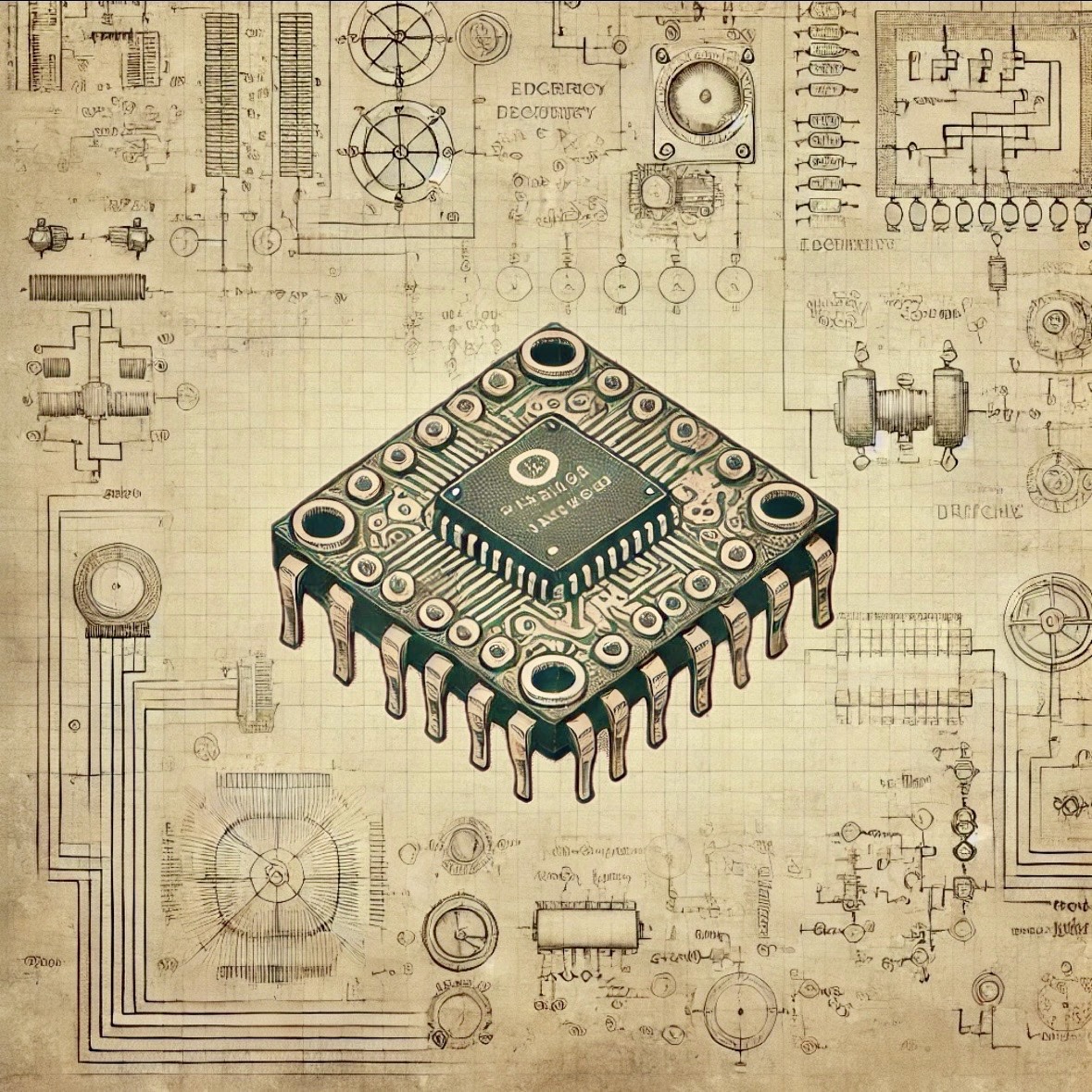What is a PIC Microcontroller?
PIC microcontrollers, developed by Microchip Technology, are a family of low-cost, high-performance, 8-bit, 16-bit, and 32-bit microcontrollers. Known for their reliability and flexibility, PIC microcontrollers are widely used in applications such as automation, embedded systems, and consumer electronics.
Key Features of PIC Microcontrollers
- Broad Product Range: From simple 8-bit to powerful 32-bit models, offering options for various applications.
- Low Power Consumption: Power-saving modes make PIC microcontrollers ideal for battery-powered projects.
- Wide Range of Peripherals: Integrated features like ADC, PWM, UART, I2C, SPI, and timers for added flexibility.
- Ease of Programming: Support for MPLAB X IDE, allowing development in both C and Assembly.
- Flash Memory and EEPROM: Models include Flash for program storage and EEPROM for data retention.
Popular PIC Microcontroller Models
- PIC16F877A: A popular 8-bit microcontroller with 368 bytes of RAM, 256 bytes of EEPROM, and 33 I/O pins, commonly used for general-purpose applications.
- PIC18F4550: Includes USB support, making it ideal for projects requiring USB connectivity, along with advanced peripherals and 40 I/O pins.
- PIC12F675: Compact 8-pin microcontroller with ADC and internal oscillator, suitable for small embedded tasks.
- PIC32MX: 32-bit series with high performance and extensive memory, suitable for complex applications requiring more processing power.
- PIC10F200: Ultra-compact and affordable, ideal for very simple tasks and constrained environments.
Programming PIC Microcontrollers
PIC microcontrollers can be programmed using various methods and tools:
- MPLAB X IDE: The official development environment for PIC microcontrollers, with support for C and Assembly programming.
- XC Compilers: Microchip offers optimized C compilers (XC8, XC16, XC32) for each series.
- Hardware Programmers: Tools like the PICkit 4 and MPLAB Snap allow for programming and debugging of PIC microcontrollers.
- Arduino IDE (for certain PIC models): Some PIC models are compatible with the Arduino IDE, though limited support compared to ATmega or ESP series.
Common Applications of PIC Microcontrollers
Thanks to their versatility, PIC microcontrollers are used in a wide range of applications, such as:
- Home Automation: Controls for lighting, security systems, and HVAC.
- Industrial Automation: Motor control, sensor data processing, and communication tasks.
- Consumer Electronics: Found in devices like remote controls, washing machines, and electronic toys.
- Automotive Systems: Used in fuel injection, airbag controllers, and other automotive applications.
- IoT and Remote Sensing: Low-power models are ideal for IoT sensors and remote data logging.
Getting Started with PIC Microcontrollers
- Select a Model: Choose a PIC model that suits your project's requirements, such as I/O pin count, memory, and peripherals.
- Install MPLAB X and XC Compiler: Download and set up MPLAB X IDE and the appropriate XC compiler (e.g., XC8 for 8-bit PICs).
- Connect to a Programmer: Use a programmer like the PICkit 4 or MPLAB Snap to connect the PIC microcontroller to your computer.
- Write and Compile Code: Develop your code in MPLAB X, compile it with the XC compiler, and upload it to the microcontroller.
